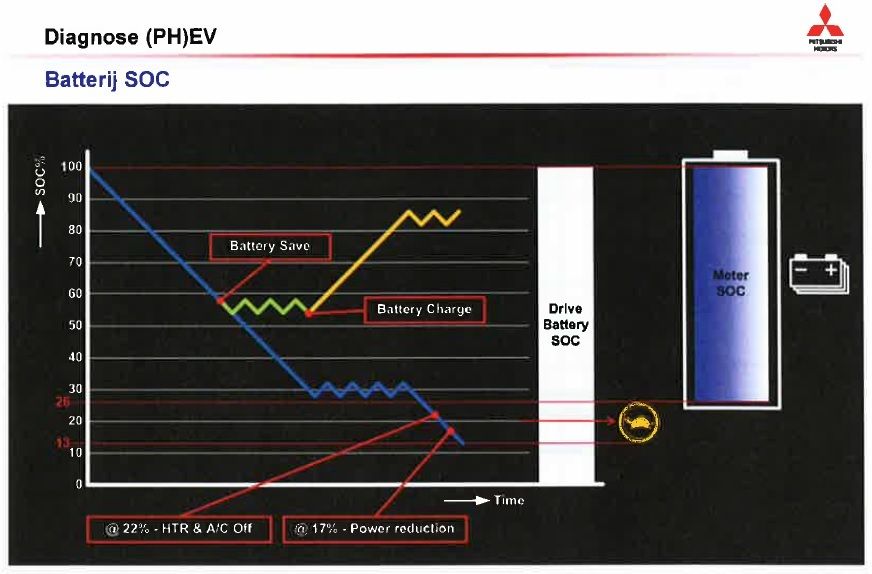I was wondering if any of you know how many litres of petrol it takes to charge the battery from 0% - 100%
I asked my local dealer this question and they replied it would be more expensive than electricity... Ideally this information would be handy to calculate the most cost effective journey should charging stations be faulty along the way.
I believe the first question has been answered.
There are many other factors, including weather, traffic, driving style that may have more impact on the journey costs that you may need to factor in as well. Might need a CRAY computer.
We have some conflicting discussions here on charging. I know the OP was asking about 0-100% charging.
By definition, charging means ending up at a higher %SOC, preferably, eventually back to 100%, like with a corded recharge, as this allows other beneficial battery maintenance tasks, like cell balancing, to be done on the battery. In NORMAL mode, the %SOC really does not end up at a higher level. There may be some ups and downs in time, but this is dependent on when you take a measurement. With recharging, every time you took a measurement, the %SOC would be higher. [Under constant load and speed of course]. I make no distinction between recharging and charging. The OP is talking about charging the battery back to 100% on the gauge in a single phase, and not just maintaining a particular battery level, with the engine only.
I call the small fluctuations of %SOC about a set point, as maintaining a %SOC and not discharging and recharging, even if energy [recharging] going back into the battery is a part of the process. We don't generally end up with a trend of the battery eventually being fully recharged in NORMAL mode. Some special driving may over an extended period have the %SOC increase, but an average drive in NORMAL mode will see %SOC decrease in the battery until the gauge shows about 1bar..
I have not really tested CHARGE mode, stationery or on the go. The few times I have used CHARGE mode was to test the amount of petrol that was consumed to recharge the battery, and another to bring the battery level back after I had forgotten to press SAVE mode and I needed additional battery power for a return journey home, and again when I was driving on an unfamiliar road and wanted some reserve battery just in case, and again to bring the battery level back up after the PHEV forced the battery to empty, to allow use of petrol to reach a refuel stop. This happened a few times.
I would recommend corded recharging in preference to just using the ICE. We actually have a PLUGin "HYBRID" ELECTRIC VEHICLE, and I see a mix of petrol and electric energy needed for the car to work. There are obviously two extremes here, and EV only and ICE only are the candidates. My driving needs sometimes are EV and the PHEV does it near enough for me. Sometimes I may not have corded recharging for long periods. ICE operation and hybrid EV driving still works a treat. Forum member "Trex" may be able to enlighten the forum with personal experience and any benefits gained by EV battery cycling with ICE recharging on longer drives, to answer your last question.




